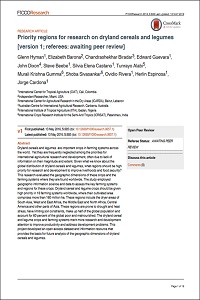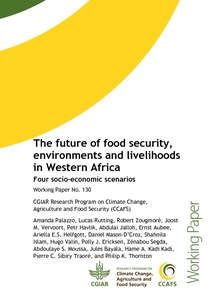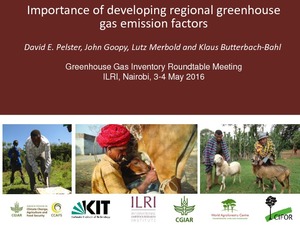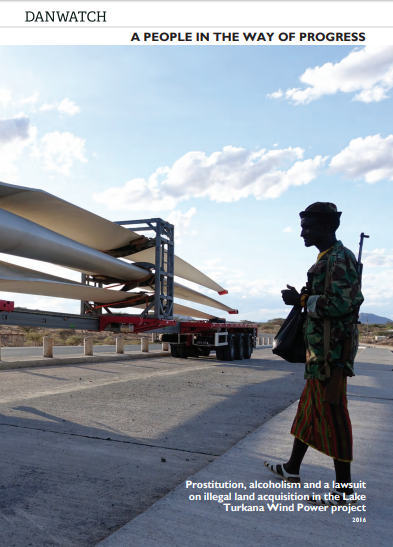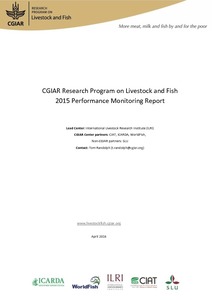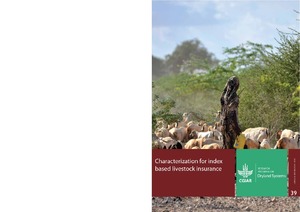Priority regions for research on dryland cereals and legumes
Dryland cereals and legumes are important crops in farming systems across the world. Yet they are frequently neglected among the priorities for international agricultural research and development, often due to lack of information on their magnitude and extent. Given what we know about the global distribution of dryland cereals and legumes, what regions should be high priority for research and development to improve livelihoods and food security? This research evaluated the geographic dimensions of these crops and the farming systems where they are found worldwide.

